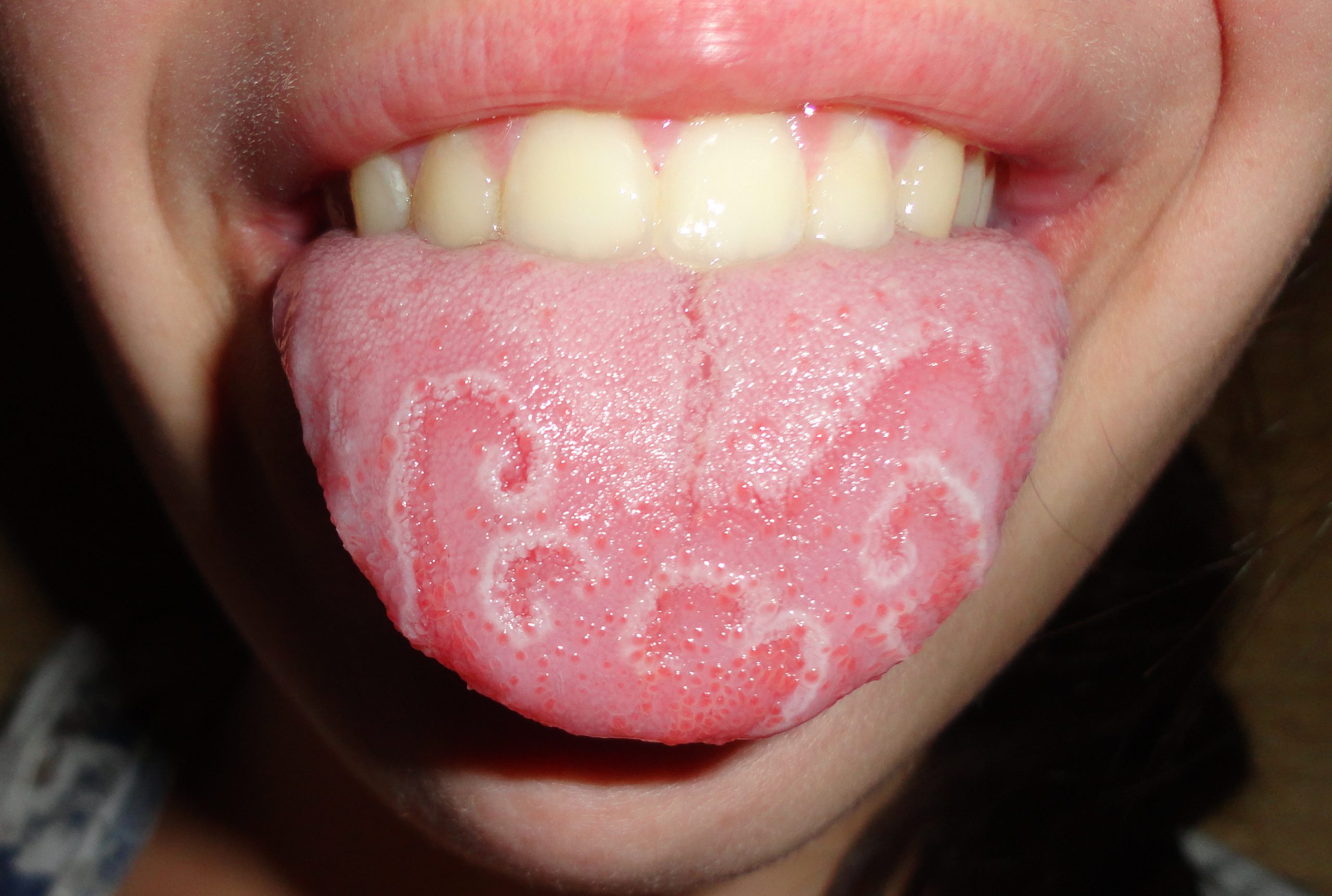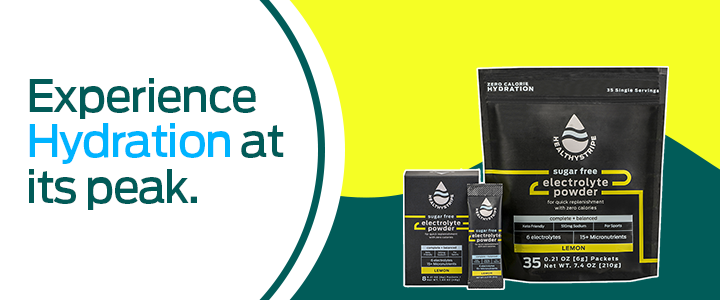
Dehydration occurs due to insufficient fluid in the body to maintain normal bodily functions and can be predicted via several signs and symptoms. The condition should not be taken lightly.
When you’re dehydrated, your tongue may feel rough or have a white coating. Even though most of the reasons for a white tongue are not serious, bad oral hygiene is a common cause. Improving oral hygiene can help get rid of a white tongue caused by bad oral hygiene, but you should see a doctor if you don’t know what’s wrong or if you have other symptoms. To keep your tongue from turning white, you must drink enough water and take care of your teeth.
Let’s read more about the white tongue and dehydration in this article.
White tongue and Dehydration
The first symptom to pay heed to is feeling thirsty. Do not ignore thirst and have water from time to time. Also, continue having water at frequent intervals even if you are sick.
Saliva production is reduced when the body is dehydrated in order to conserve fluid. As a result, you might feel dryness in your mouth and lips.
A white patch on the tongue can also occur due to dehydration. The tongue has red projections all over known as papillae. Papillae have taste buds and also provide friction which helps in breaking down the food in the mouth.
How do you know if it is dehydration?
Checkout for other symptoms signalling dehydration. The best way to do the same is by noticing the color and smell of urine. The urine will be darker in color and more aromatic if you are dehydrated.
Other than that look out for symptoms like weakness, diarrhea, and dizziness.
Dehydrated Tongue Symptoms
A dehydrated tongue will be rougher in texture and can have a white patch due to diminished saliva production. Other than that, one can also feel dryness in the mouth and lips.
Dehydrated Tongue Treatment
The treatment of a dehydrated tongue can be something as simple as drinking ample water. Sounds easy, but it can alleviate the symptoms right away.
Another excellent and more nutritious alternative to drinking just plain water can be to drink hydration drinks. Hydration powders contain electrolytes that are important to restore the mineral and fluid balance in the body. For example, healthystripe hydration electrolyte powder has basic electrolytes that will help with hydration. It also contains additional minerals and vitamins which may help fill the nutritional deficit and help you combat with the dehydrated tongue faster.
In case you notice the symptoms persist even after having a good amount of water for more than a day, please consider consulting a doctor.
White Tongue Diseases
White patches on the tongue can be a sign of various illnesses and not just dehydration. Examining the tongue from time to time can help in the early diagnosis of various medical conditions.
Here is the list of other white tongue diseases:
1) Geographic tongue
It is a chronic condition projecting a patch on the tongue. Characterized by the red patch surrounded by a white border, it looks like a map, hence the name. It usually has no symptoms but can cause a burning sensation which can be treated with an ointment.
2) Leukoplakia
Leukoplakia is found mostly in men and can be seen as white elevated patches with a wrinkled appearance. The patches cannot be scraped and are mostly found in people who have a history of smoking and drinking alcohol.
Also Read: Best And Worst Keto Alcoholic Drinks You Could Try
3) Oral Candidiasis
Oral candidiasis is a fungal infection with patches in the mouth. It is also characterized by a foul smell and taste in the mouth. If the patches are scraped, it get wiped off leaving a red lesion behind. Oral candidiasis mostly occurs in someone with a weakened immune system.
4) Lichen Planus
Lichen planus is an autoimmune condition and can also occur in the mouth. Oral lichen planus can be diagnosed by the patches on the tongue which look like a spiderweb. It can also lead to serious complications and timely diagnosis and treatment are necessary.
Steroids are administered to help with the symptoms of Oral Lichen Planus.
5) Frictional Keratosis
As the name suggests these patches occur due to friction or injury. The patches look similar to the ones in leukoplakia. It heals in a matter of two weeks without any external help.
6) Oral cancer
Oral cancer can manifest as an ulcer or a lesion on the tongue. Seek help, if the ulcer does not heal on its own and if it bleeds easily. A Biopsy is usually done to confirm the diagnosis.
Several other white lesions are indicative of underlying conditions. White lesions usually are not serious and heal on their own. If the patch or the lesion does not heal on its own even after a month, kindly seek an expert opinion.
Differential Diagnosis
At first, if you notice a white or grey patch in the mouth, consider maintaining proper hygiene and scraping the tongue regularly.
Stay hydrated and the patch should go on its own if it is due to dehydration.
Another common reason can be oral thrush also known as candidiasis which is a fungal infection. To know the difference remember, that oral thrush has a curdled milk appearance and is often accompanied by a foul smell and taste.
Other lesions can also have specific colors and appearances. Consider consulting a doctor if the patch persists for more than 2 weeks.
Conclusion
Dehydration is not a serious situation but can have serious consequences if ignored. Have sufficient water throughout the day to avoid being dehydrated. The body signals if it’s dehydrated, try to notice and stay hydrated.
Poor oral hygiene can also form grey patches on the tongue. Maintain good oral hygiene including flossing and scraping the tongue every day. The patch should go away on its own.
The tongue can point out many underlying conditions, try to clean and notice your tongue regularly while brushing your teeth.









